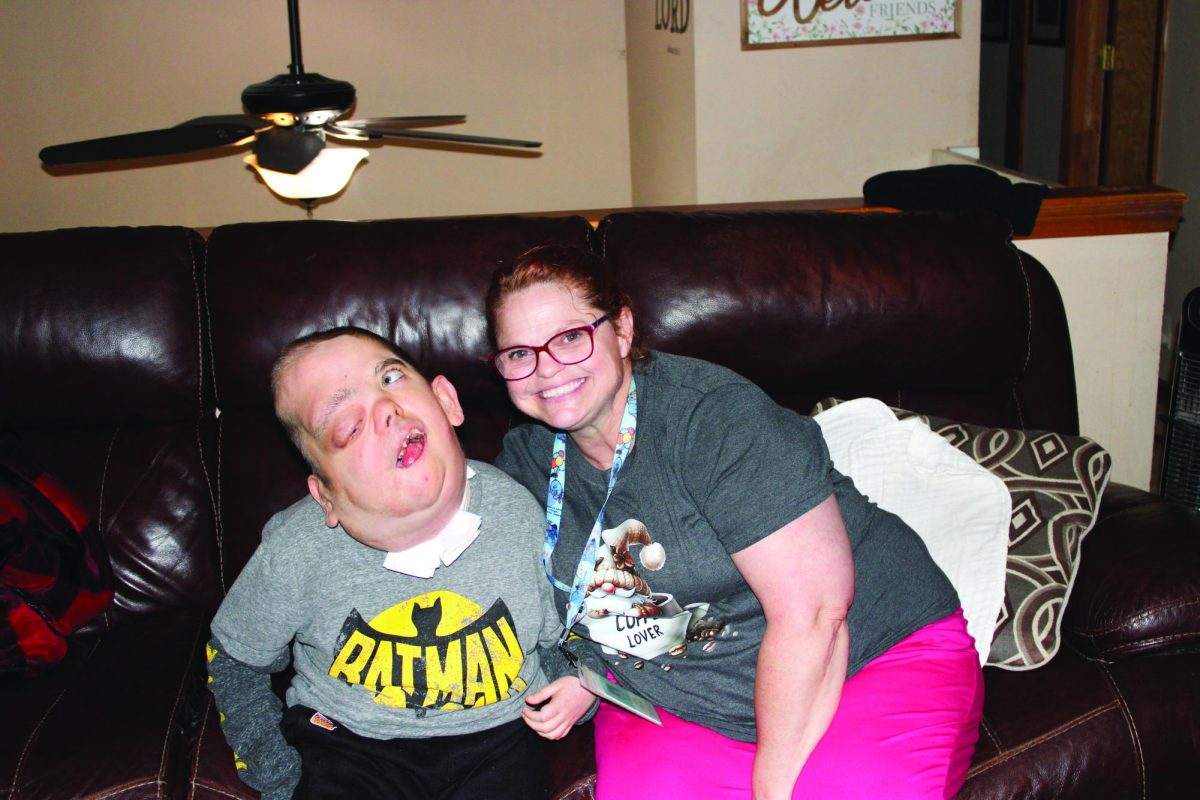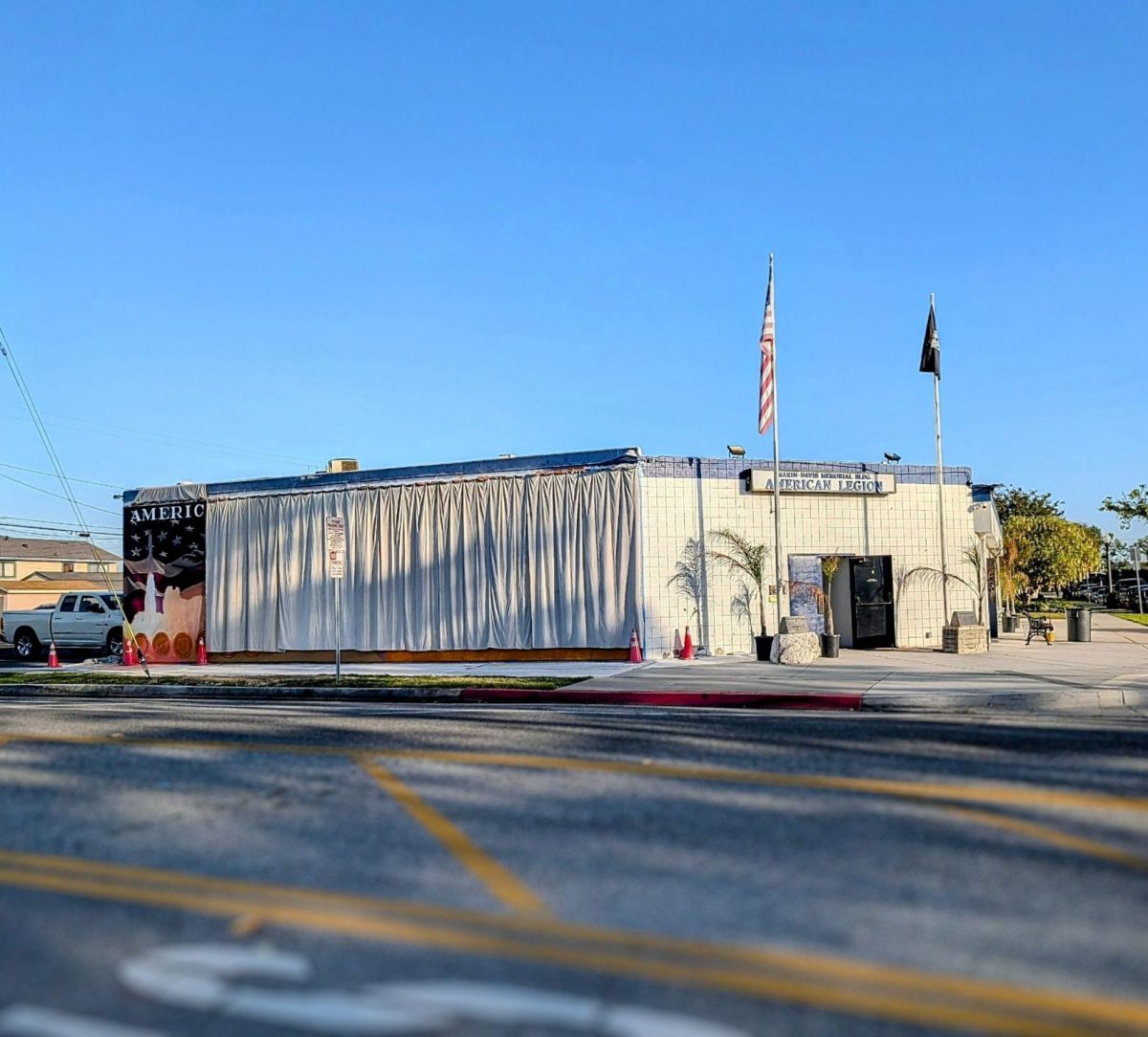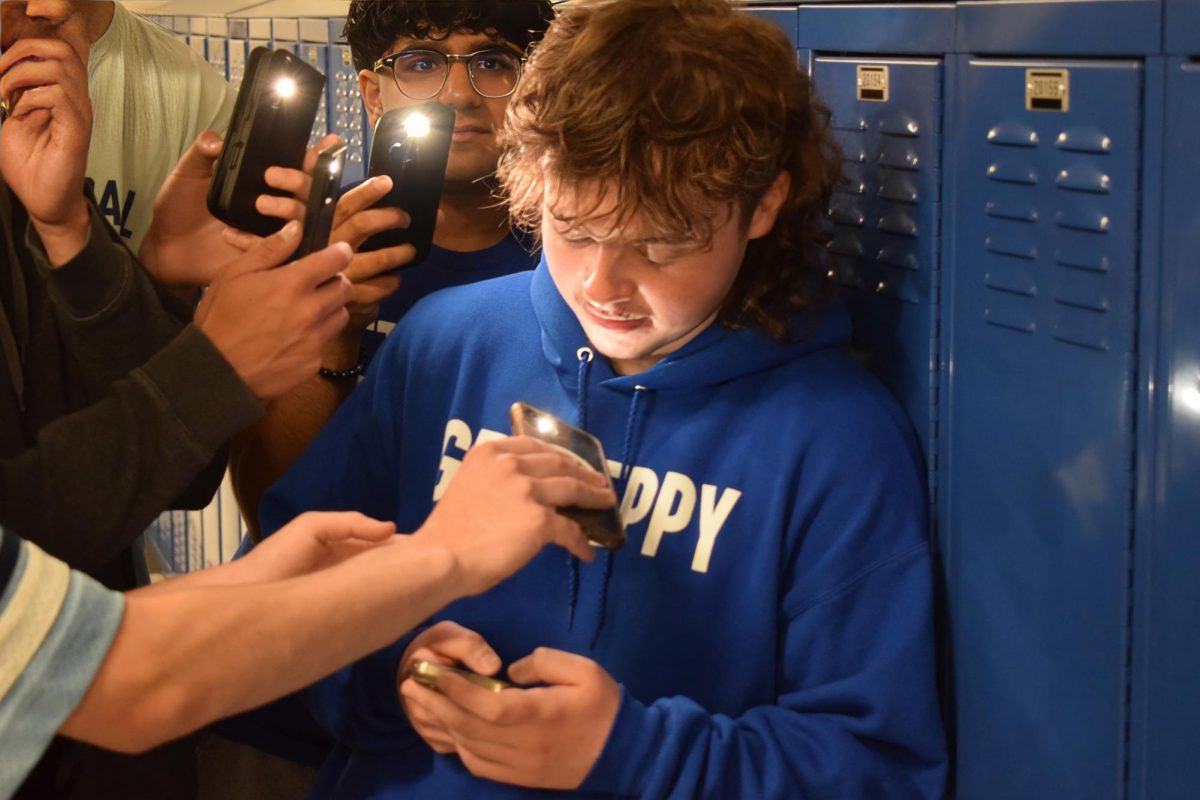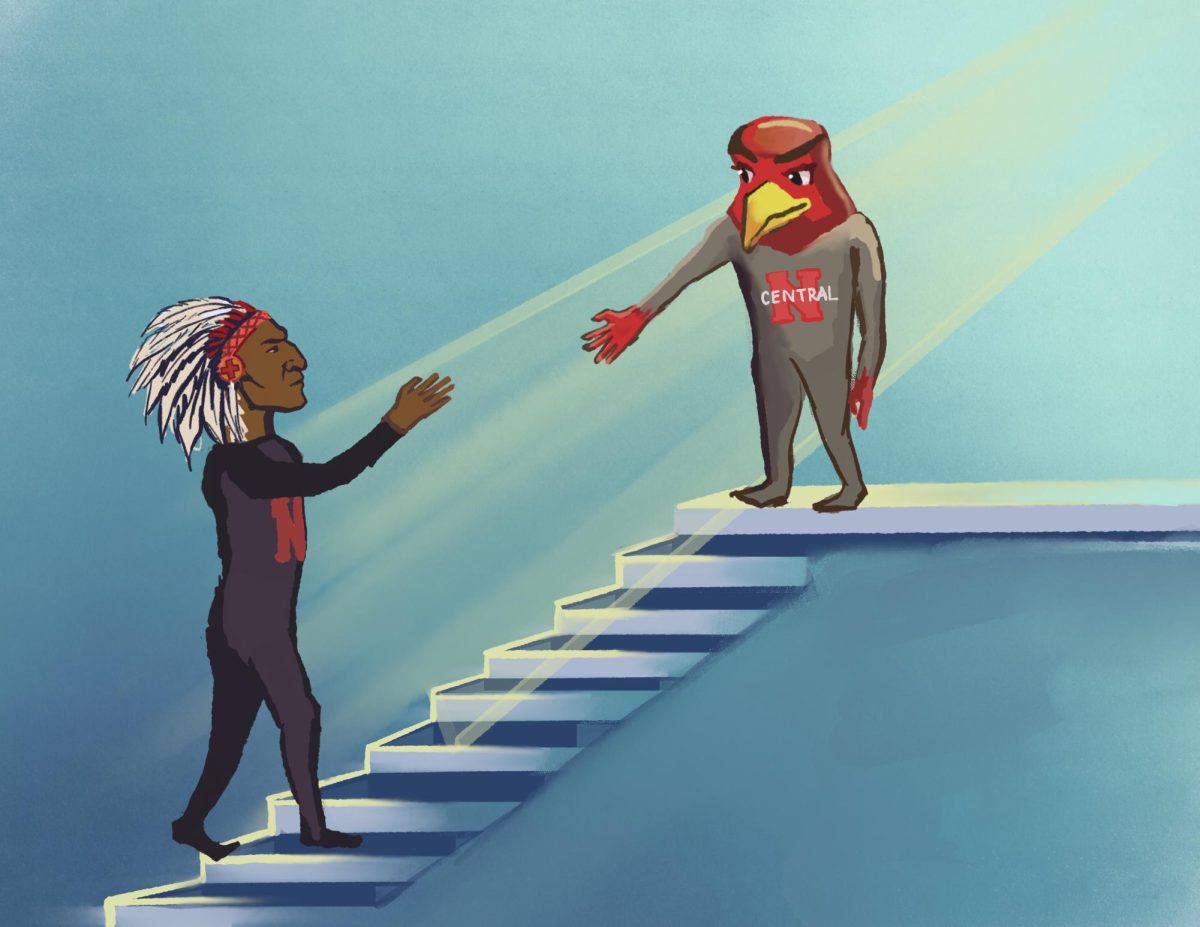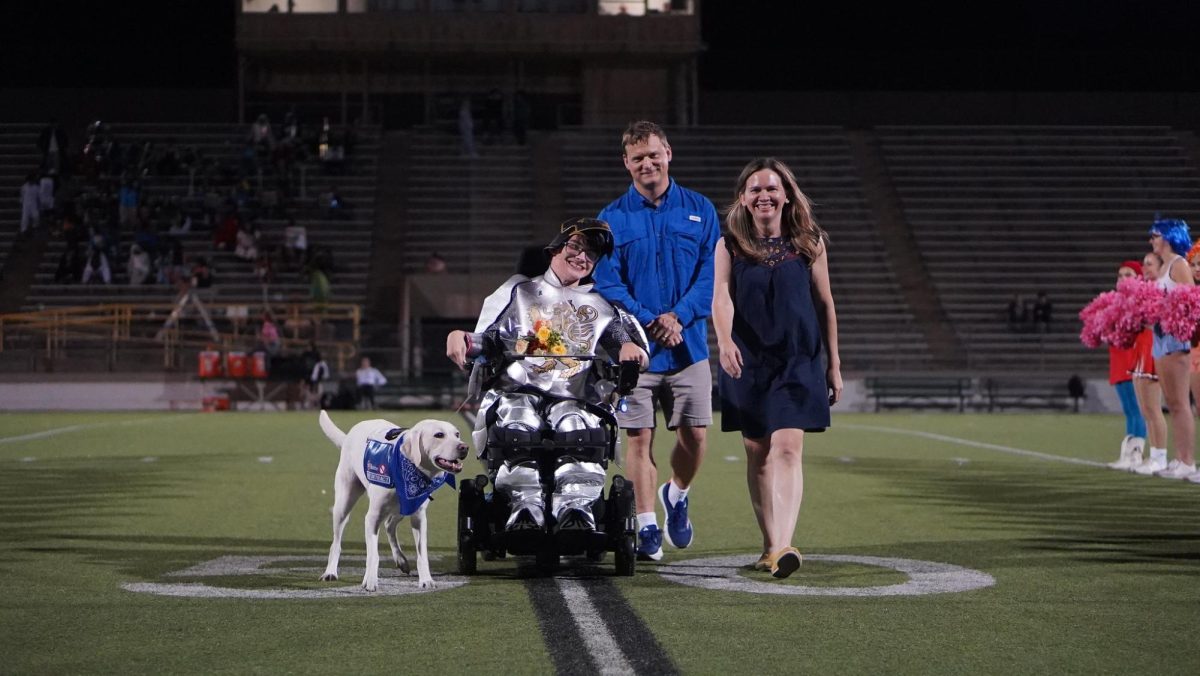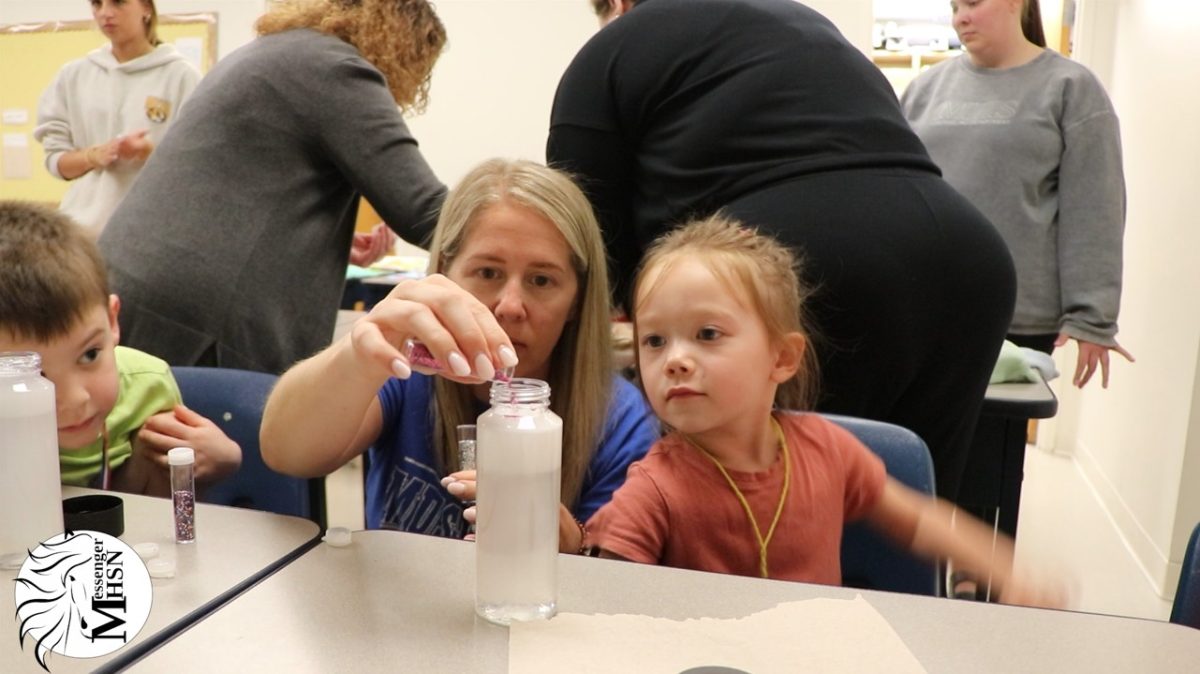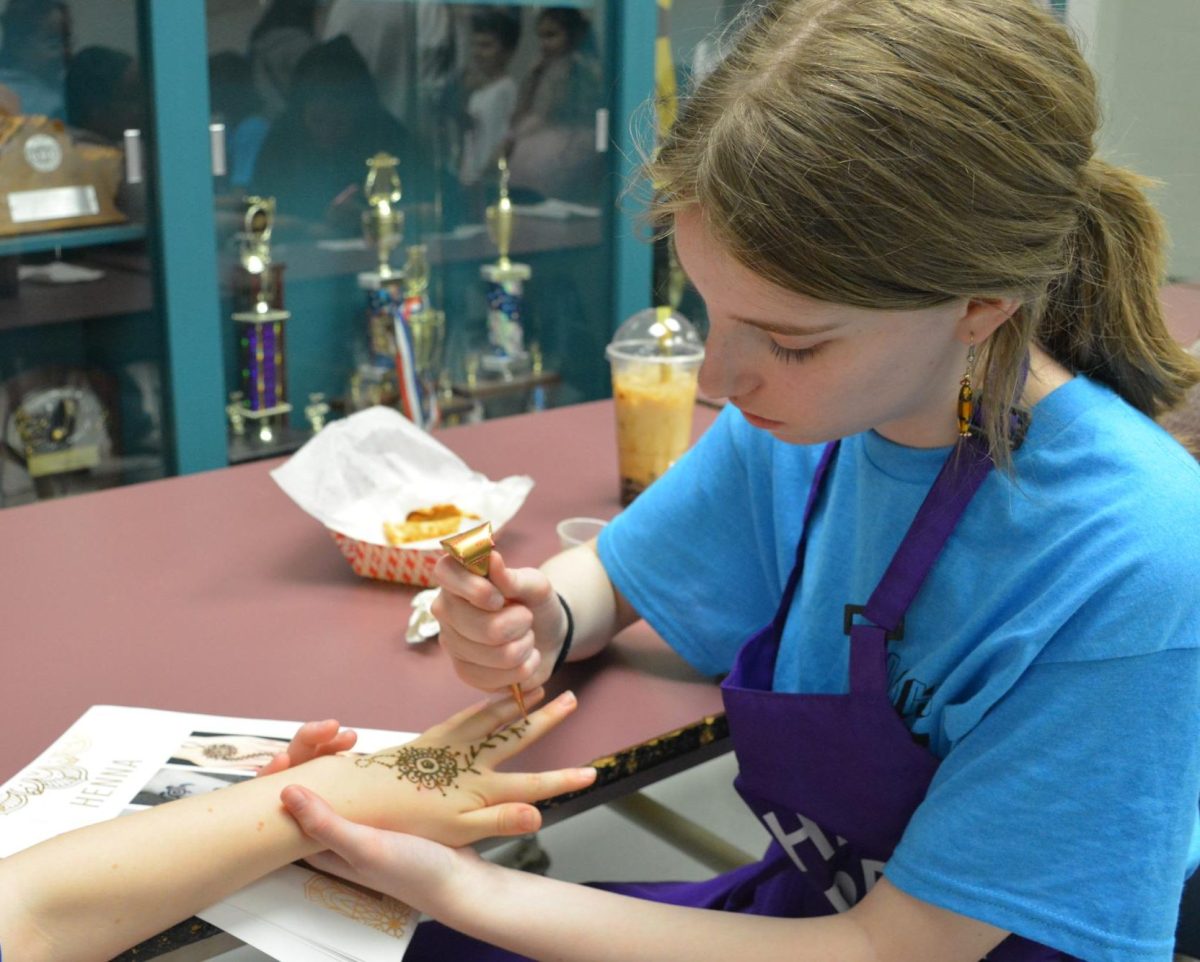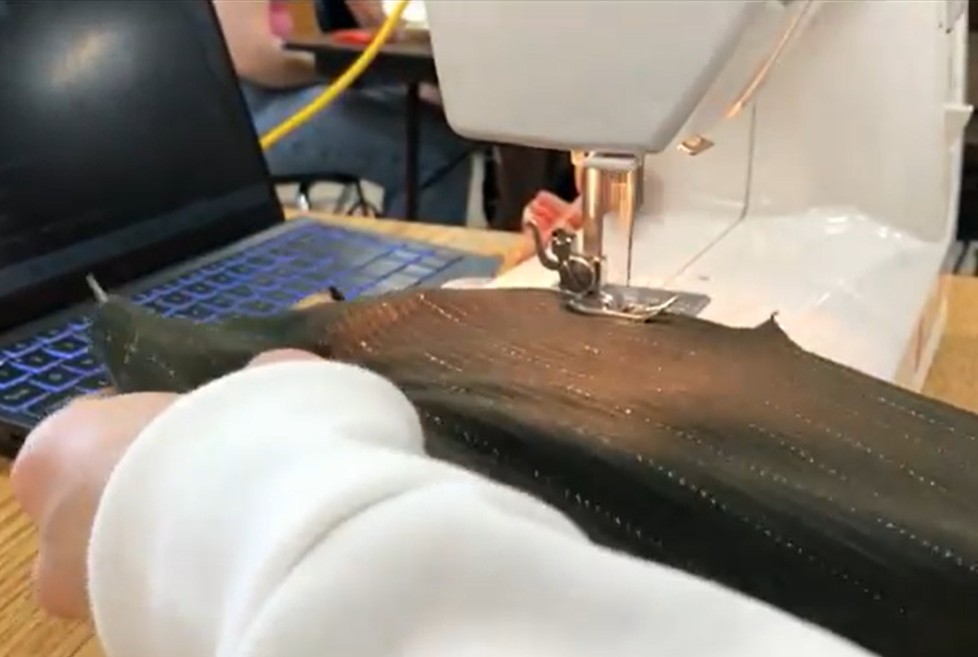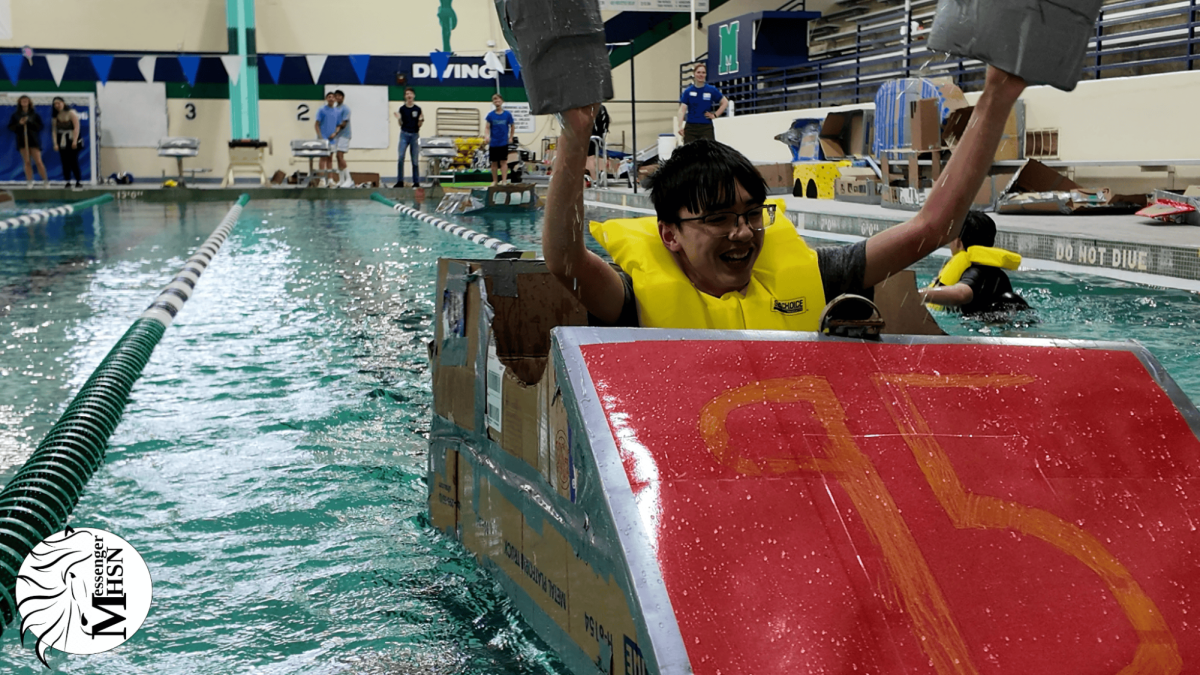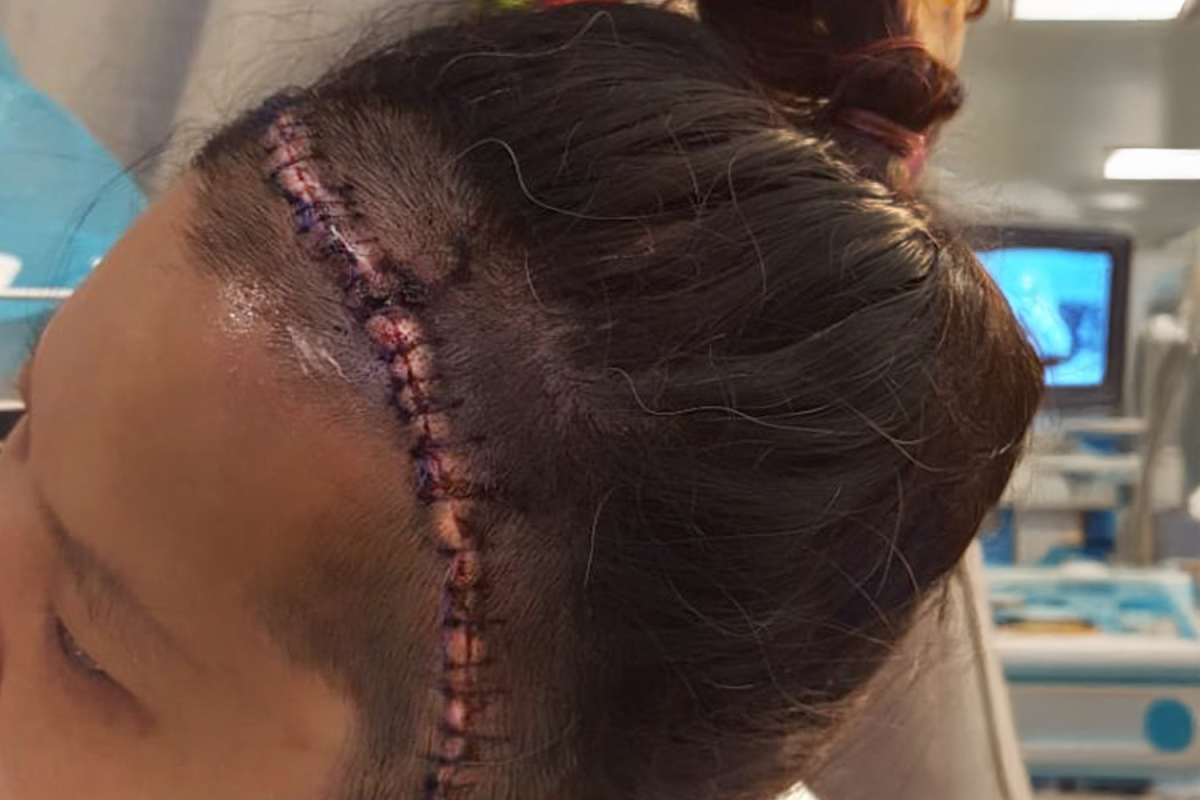She attended one of the most prestigious universities in Singapore, married the love of her life, and attained her dream job after years of hard work. On the outside, she has everything that one could want. And she could die at any minute.
In 2010, Novem Chua was diagnosed with a brain aneurysm, which could rupture and kill her at any moment. Brain aneurysms occur when an artery in the brain is weakened and its walls are narrowed.
Chua and around 3% of the world’s population, or more than 250 million people, have to face the possibility of death every day, according to Medical News Today.
“She is a great inspiration to everyone around her. She taught me that life is too short to dwell on unimportant things; it’s better to focus on what you love,” said Ron Lai, a close friend of Chua.
When Chua was 25, her younger brother passed away due to cancer. Since then, nothing has been the same for her.
“He was only 21 years old when I lost him. It changed a lot of my perspectives about life. I felt that I had absolutely no control over anything in my life,” Chua said.
After her first diagnosis of her aneurysm, she was shaken up and had no idea what to do. Brain aneurysms are much more common when someone in the patient’s family has had one before, but none of Chua’s relatives ever had an aneurysm, so it caught her off guard.
“Initially, I felt really lost because I had never heard about brain aneurysms until then. I also didn’t even believe the first doctor, so I kept going in for more check-ins,” Chua said.
According to the National Institute of Neurological Disorders and Stroke, aneurysms are most commonly found in people 30-60 years of age and are more likely in women.
Dr. Fred Chiu-Lai Lam, a Canadian-trained neurosurgeon who now works at Stanford University, specializes in brain injuries.
“Blood vessels are like highways for blood cells or a garden hose filled with water. Sometimes, garden hoses have a little bubble pop out between the hose’s layers. So, brain aneurysms are formed when the blood flow within the blood vessel is very turbulent, and the lining of the artery gets weak,” Lam said.
Within the artery are two different layers of lining, the inner and outer lining.
“The inner lining of the artery becomes weak, causing blood to get trapped between these two layers, and it forms a blister, which is the aneurysm,” Lam said.
Patients who are diagnosed with brain aneurysms usually have routine appointments.
“Every time I went back in, the diagnosis got more serious. After I went for my second check-in, the doctor told me that I had two aneurysms instead of one. By my third check-in, I was told that one of the aneurysms was at a junction, which posed a very high risk. The doctor told me it would rupture within six years, but they didn’t know when,” Chua said.
Aneurysms often cause various physical disabilities, which vary from person to person.
“Some people have speech impairments or vision impairments. They need to learn how to walk again. Some people never drive again. Some people are never able to go back to work,” said Christine Buckley, the Executive Director of the Brain Aneurysm Foundation.
Buckley and her colleagues at the Brain Aneurysm Foundation have been working to improve the conditions for those suffering from brain aneurysms, as well as those who have relatives with the condition.
“There are the obvious people that you can see, like the speech-impaired, who are physically handicapped now, so you know there’s something wrong with them. But there are other people who survive and probably look like your teacher, your parents, and your friend’s parents, but inside, they are very different,” Buckley said.
Brain aneurysms not only affect one’s physical health but also one’s mental health. They have been shown to cause mental health issues like increased depression. Additionally, higher rates of anxiety are seen in those with brain aneurysms. Unruptured brain aneurysms typically show limited symptoms, with people being able to go years without noticing them, according to Johns Hopkins Medicine.
“When I had my operation, I had a lot of mental issues. It really traumatized me, and sometimes when I get down, I begin to fall back into depression,” Chua said.
Unfortunately, some are unable to pull themselves up from the mental effects of having a brain aneurysm.
“You always live life with a little shadow behind your back, with a fear of what would happen if it were to rupture,” Lam said.
Over time, Chua began to accept her condition and look towards the positive aspects of life. She was able to dig herself out of the hole she was in, get married, and tackle life.
“I actually first went to three different fortune tellers, asking them about when I would die. After one or two years, though, I recovered and tried to forget about it, living life as normally as I could,” Chua said.
Just as things were looking better, life took a turn for the worse. One frightful day in 2017, Chua had a sudden and horrifyingly painful headache. It wasn’t like anything she’d felt before. One of her aneurysms had ruptured, causing her to collapse. She could feel the blood rushing inside her head, thrumming like a thunderstorm. With her remaining energy, she grabbed her phone to call for an ambulance. She was quickly rushed to the hospital, where the doctors worked to save her life.
“The first thing that doctors need to do is to get imaging that clearly defines the shape and the location of the aneurysm,” Lam said.
Identifying the aneurysm and the rupture is essential to beginning the process of saving this person’s life. Then, the hard work begins.
“We need a team of neuroelectrophysiologists to help us monitor the brain activity to know whether the aneurysm is pressuring the motor function of that patient’s brain. Once we’ve exposed the skull, we open the leathery layer of the brain called the dura mater, which exposes the brain itself. Then, under an operating microscope, we start cutting the brain away to find the aneurysm,” Lam said.

Many people are needed throughout the operation, and around 10 to 20 people are often working to keep the patient alive.
“The surgery for aneurysms is very tricky because you have to have a full team of anesthesiologists who are specialized in treating aneurysms to tightly control their blood pressure during surgery, as any spikes in blood pressure can cause the aneurysm to re-rupture,” Dr. Lam said.
The majority of brain aneurysms don’t rupture. However, according to the Mayo Clinic, when they do, 25% of patients pass away within 24 hours, and another 25% do within six months.
“During my training, I did surgeries with cerebrovascular neurosurgeons where we were clipping the aneurysm with titanium clips. The aneurysm tore during the clipping, and the patient bled to death,” Lam said.
Chua was one of the lucky ones who managed to survive the process due to her quick response and the hard work of her doctors. Like Chua, those who survive the rupture do not come out the same person. She now has to go in for annual surgeries to treat the rupture as well as to check in on the other two aneurysms present in her brain. Although many may see this as a reason to think pessimistically, allowing grief and anger to consume them, Chua continually perseveres and manages to look on the bright side.
“I self-talk a lot. I also like to go out, walk a lot, and get things done. I feel that my situation has taught me not to let my time be wasted away. I can either be sad every day or be happy. I choose to be happy, and I choose to walk forward,” Chua said.
Another thing that brings her joy is being able to help others. She looks after both of her parents while juggling her job and home life.
“She’s always gone above and beyond to help her friends out without hesitation, in spite of the many hardships she has encountered in her life,” Lai said.
Even though she has faced many challenges, she still sees herself as lucky.
“I always count my blessings. I’m a lot luckier than a lot of people. Even with a brain aneurysm, I didn’t die. The thing is, I still can walk. I still can run,” Chua said.
However, while some do manage to get through the heavy mental aspect, like Chua, there are still various struggles they have to deal with. One increasingly important factor is money. The average cost for hospitalization due to a brain aneurysm in the United States is around $140,000.
“Especially in the American system, I found that because everything is so insurance-based, if you don’t have the best insurance, you can get sub-optimal rehabilitation care,” Lam said.
The Brain Aneurysm Foundation has been seeking to raise awareness of this pressing issue.
“We go to Capitol Hill every year to try to help the government give more federal funding for research. But I think the biggest impact is from day-to-day awareness and education, using social media, working with people across the country, and attending different events. Brain aneurysms are treatable, and people need to know the signs and symptoms and know how to advocate for themselves to get help,” Buckley said.
Due to the silent struggles that those with aneurysms go through, and some might think that this condition limits how much happiness one can feel, Chua proves this wrong.
“Success is different for everyone. Whenever I look in the mirror, I always tell myself, ‘You are strong.’ I’m not perfect, but I’m happy with myself. If you have done your best, nobody can fault you,” Chua said.
Mental health is often a struggle for those with both unruptured and ruptured brain aneurysms. But Chua didn’t let that get in the way of her achieving success and brightening the lives of everyone around her.
“As long as you keep walking, there will be another road. They might have closed one door, but there’s always another door open for you,” Chua said.
This story was originally published on Scot Scoop News on May 13, 2025.

